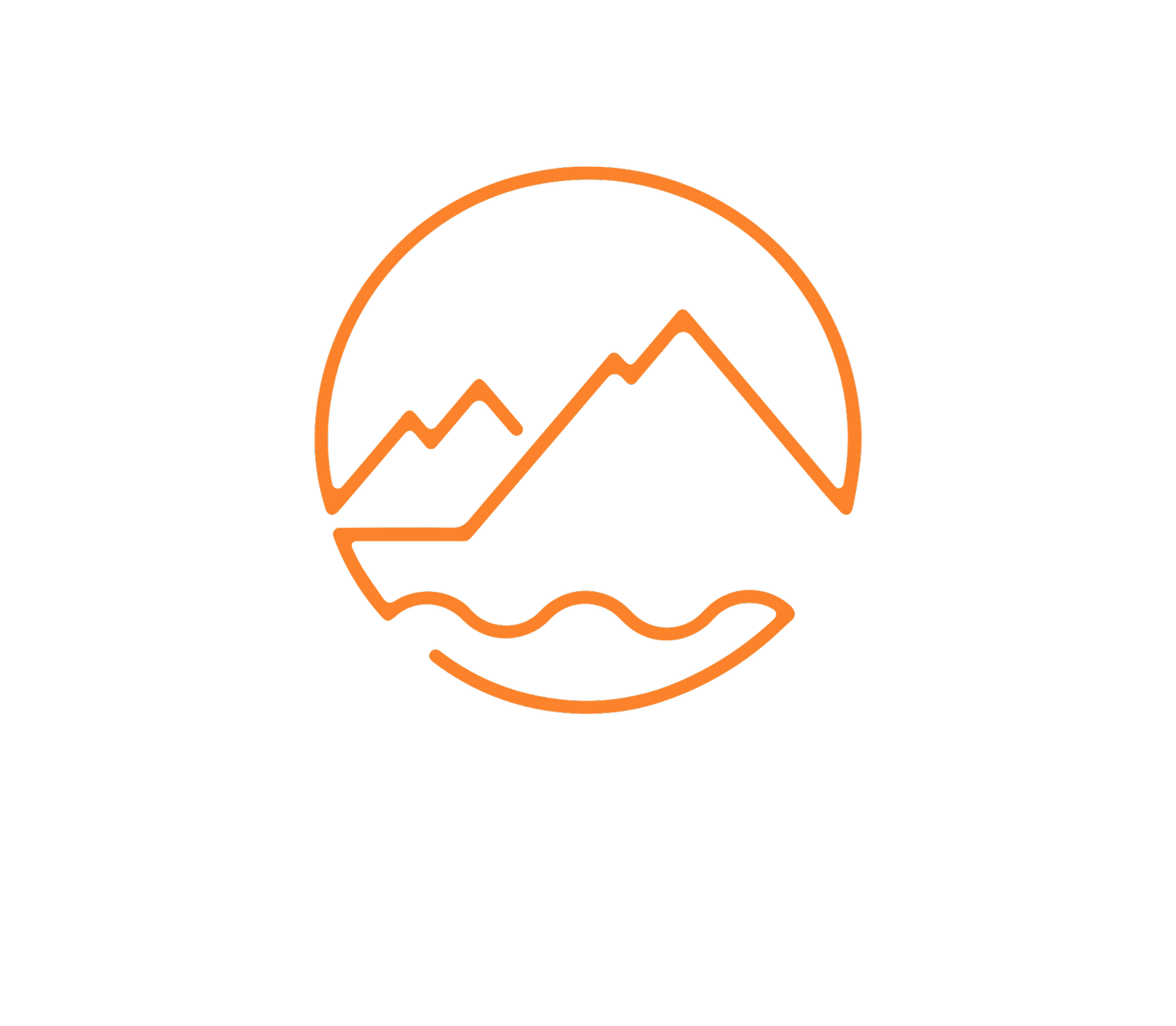TAPS
August 8 - Driving south on Alaska Highway 4 we get our first view of the pipeline. It follows the road here or maybe the road was built to service the pipeline.
Oil was discovered in Prudhoe Bay in 1968. But transporting that oil to a refining location was difficult since all harbors in the area freeze in winter. The closest ice free harbor is Valdez on the southern coast of Alaska 800 miles to the south.
Transport by pipeline was determined to be the most cost effective. A consortium of oil companies formed Alyeska, the company that built and operates the pipeline. The chosen route crosses three mountain ranges, more than 500 rivers and creeks, and is build largely over permafrost.
Sections of the pipeline, which goes by the acronym TAPS (Trans Alaska Pipeline System) are buried while other sections are above grade. Burying provides protection from avalanches and allows movement of vehicles and wildlife, but heat from the pipeline can cause the permafrost to thaw and allow dangerous shifting of the surrounding soil. In these area the pipeline is refrigerated or means of dissipating heat are provided. This means the preferred construction was above grade, where the line still needs to be insulated.
Elevated Pipeline with Heat Dissipation Structures
There are eleven booster pump stations along the route, although not all are in use at this time. These pump stations also need to be insulated to prevent thawing of the permafrost.
Buried Pipeline with Heat Dissipation Structures
Construction of the TAPS started in March 1975. Its zigzag route from the Beaufort Sea to the port of Valdez on the Gulf of Alaska cost 8 billion dollars when completed in May 1977. At that time it was the most expensive privately funded construction project ever completed.
At its peak flow in 1988 TAPS was delivering 2 million barrels of oil each day.
While still in service today, oil production continues to decrease. This presents its own challenges. A system designed with a holding capacity of over 9 million barrels operating at less than 436,000 barrels per day (42 gallons/barrel) is not efficient. Technical issues like excessive cooling, separation, wax formation and booster pump operation outside of the design parameters all increase operation and maintenance costs.
Currently TAPS produces 3.7% of the USA’s domestic production. Just over that of Colorado at 3.6%. Alyeska currently has three companies that transport crude through TAPS. The companies are owners.
Harvest Alaska, LLC. 49.1069%
Transportation Alaska, Inc. 29.6102%
ExxonMobil Pipeline Company LLC 21.2829%
We were curious about the number of ships required to make the final leg of the journey to refineries in California. It’s hard to say as over the years the volume of tanker ships has changed.
For us the most surprising thing about the pipeline is accessibility. In some places, usually at pump stations or maintenance facilities it is behind a fence. In most places one only has to turn down any of the hundreds of side roads used during construction to access the pipeline. Vehicles are deterred from driving the last 100 feet to the pipeline, but anyone could walk over a berm or around a gate.
This might have been enough security in 1977, but with today’s acts of terrorism, it seems like a huge oversight to us. It is still 18.3 million gallons of crude oil every day! What would be the cost of that cleanup.
***



